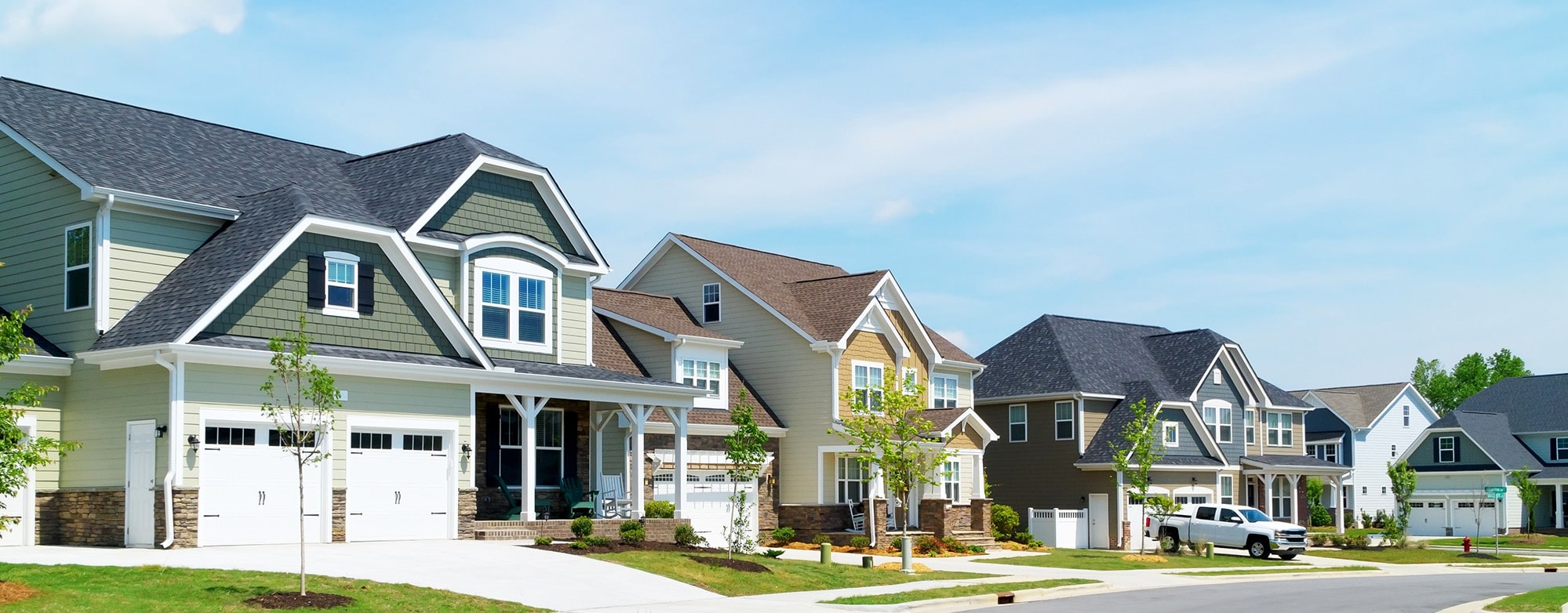As cities across the nation face shifts in how space is used, Utah has emerged as a prime example of a region adapting to a changing real estate landscape. One of the most talked-about trends in urban development is commercial-to-residential conversions—the process of transforming office buildings, retail centers, and other commercial properties into housing units.
With the rise of remote work, declining demand for office space, and Utah’s growing population, many developers and property owners are asking the same question: Is converting commercial properties into residential units a smart investment—or a risky gamble?
In this article, we’ll explore the pros, cons, and complexities of commercial-to-residential conversions in Utah. We’ll also look at what this trend means for local landlords, property managers, and investors, and how professional property management plays a pivotal role in making these transitions successful.
Why Are Commercial Conversions Gaining Momentum in Utah?
Utah has long enjoyed a thriving economy, especially in tech and service industries. But with the post-2020 surge in remote and hybrid work models, many office buildings—particularly in downtown Salt Lake City and surrounding suburbs—have seen a dramatic decrease in occupancy.
At the same time, Utah’s population is booming. According to the Kem C. Gardner Policy Institute, Utah is one of the fastest-growing states in the nation. The demand for housing, particularly affordable housing, has outpaced supply for years. This gap has left both local governments and private developers looking for innovative ways to adapt.
Enter: the commercial-to-residential conversion.
Converting underutilized office or retail spaces into apartments, condos, or multi-family dwellings offers a potential solution to Utah’s housing shortage while breathing new life into stagnant commercial corridors.
The Opportunities: Why Investors Are Paying Attention
1. Capitalizing on Underused Assets
Office and retail buildings that once generated consistent cash flow are now liabilities for many owners. Converting them into residential spaces offers a second chance at profitability.
2. Fast Track to Supply Creation
In theory, adapting an existing structure is quicker than building new from the ground up—particularly in areas where land is scarce or expensive. This accelerates the ability to meet housing demand.
3. Tax Incentives and City Support
Several Utah municipalities are offering tax breaks, grants, or zoning exceptions for conversion projects that add affordable housing or revitalize blighted areas. These benefits reduce the financial burden and incentivize developers.
4. Built-In Infrastructure
Most commercial properties already have the utilities and core infrastructure needed for residential occupancy, such as parking, elevators, and accessibility features. This can lower development costs compared to starting from scratch.
5. Revitalizing Urban Areas
Conversions can help breathe new life into underutilized commercial zones, increasing foot traffic and economic activity while decreasing vacancy and crime rates.
The Risks and Challenges
Despite the upside, commercial-to-residential conversions are not without their complications.
1. Zoning and Regulatory Hurdles
Many Utah cities still have zoning laws that restrict or complicate conversions. Changing a property’s use from commercial to residential can require rezoning, public hearings, and lengthy approval processes.
2. Expensive Retrofits
Not all commercial buildings were designed with livability in mind. Retrofitting an office building to meet residential building codes—especially regarding HVAC systems, fire escapes, window access, plumbing, and natural light—can be costly and complex.
3. Financing and Appraisal Issues
Securing financing for a conversion project can be more difficult than for traditional construction or property purchases. Lenders and appraisers may struggle to assess the long-term value of a mixed-use or newly re-zoned asset.
4. Tenant Appeal
The finished product may not always appeal to tenants. Layouts may feel awkward, units may lack views or light, and buildings located in historically commercial areas may be removed from schools, parks, or grocery stores—key lifestyle amenities.
5. Ongoing Management Complexity
Mixed-use or converted buildings often come with nonstandard maintenance demands, higher turnover risk, and stricter city oversight. These properties require experienced property management to ensure operational and financial success.
What’s Happening Now in Utah
Cities like Salt Lake City, Ogden, and Provo are already seeing increased interest in conversions, particularly in older downtown office buildings. Some notable local projects include:
The transformation of outdated office complexes into micro-apartments targeting college students or young professionals.
Former retail strip malls being repurposed into live-work spaces and small multi-unit developments.
Suburban warehouses being converted into loft-style rentals that appeal to digital nomads and creatives.
While many of these projects are still in early stages, the growing attention from developers—and incentives from local governments—signal that this trend is likely to continue.
Is a Conversion Project Right for You?
If you’re a property owner or investor in Utah with access to underperforming commercial real estate, a residential conversion could offer:
Higher rental yields
Diversified tenant types
Long-term asset value appreciation
However, success depends heavily on market research, feasibility planning, and ongoing property management. You’ll need a trusted team who understands local building codes, has experience in tenant onboarding, and can help optimize day-to-day operations post-conversion.
The Role of Property Management in Conversion Success
Managing a residential property that used to be commercial is not like managing a typical rental. These buildings often come with:
Mixed infrastructure
Higher maintenance needs
Complex tenant expectations
Legal nuances around zoning, use, and inspections
Partnering with a Utah property management company that understands both residential and commercial landscapes is key.
A reliable team can help you:
Set realistic rental rates based on market demand
Create attractive listings and find qualified tenants quickly
Handle compliance with evolving city ordinances
Streamline maintenance and tenant communications
Final Thoughts: Converting Caution Into Confidence
Utah’s commercial-to-residential conversion trend is more than a passing buzzword—it’s a growing strategy fueled by shifting work patterns, housing shortages, and changing urban dynamics. For savvy investors, these projects offer the opportunity to turn dormant assets into high-performing properties.
But like any real estate decision, conversions come with risks that require careful evaluation, professional guidance, and active management.
At Wolfnest, we specialize in navigating the complexities of Utah’s real estate market. Whether you’re considering a conversion project or already own one, our experienced property management team can help you protect your investment, attract quality tenants, and maintain peace of mind—no matter how unconventional the property.
Summarize this content with AI:
Chat GPTGrok
Perplexity
Claude.ai


